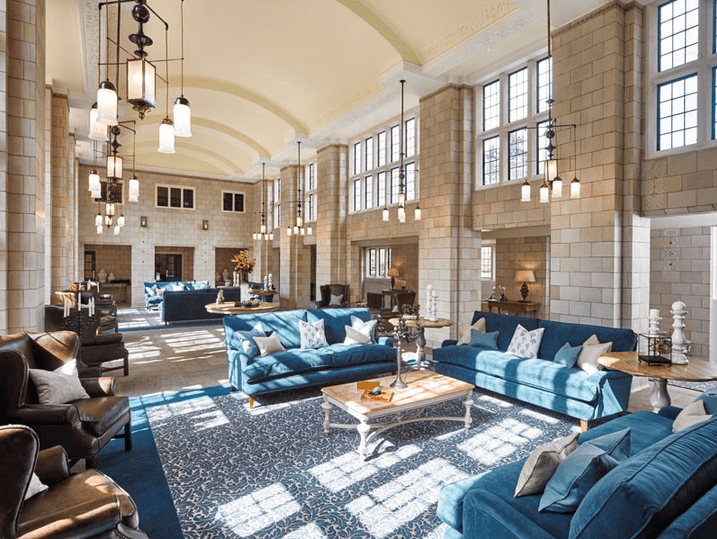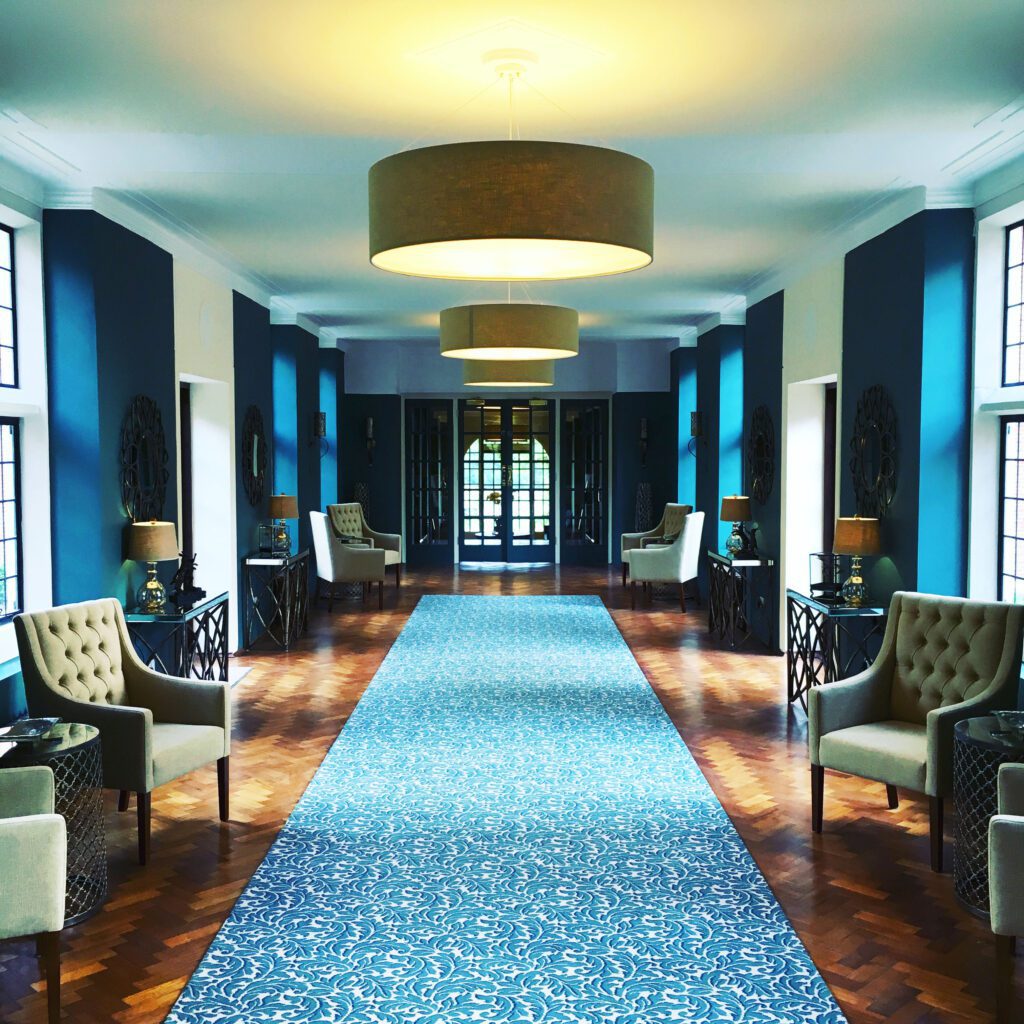Retrofitting Heritage: Why Conservation Architects Should Be Leading the Way in Historic Housing Conversion

By Graham Epking-Crane, Conservation Architect at Feilden+Mawson
As housing demand grows and sustainability targets tighten, reusing our existing buildings — particularly listed and historic buildings — is no longer just an option. It’s a necessity. At Feilden+Mawson, we believe conservation architects should be at the forefront of this movement.
Recent guidance from Historic England, “Heritage Works for Housing”, provides a comprehensive roadmap for converting historic buildings into residential use, from early feasibility testing to stakeholder engagement, heritage appraisal, design development, through to consent and long-term maintenance. What stands out to me is how closely this mirrors the way we’ve always worked — as conservation architects with the approach to our projects rooted in Sir Bernard Feilden’s philosophy.
Sir Bernard’s legacy lives on in our process: understanding buildings intimately, intervening minimally, and prioritising innovative reuse over replacement. These values aren’t just heritage principles, they’re exactly what sustainable development now demands. Retrofitting existing buildings is one of the most effective ways to reduce embodied and operational carbon. But to do it well, you need deep knowledge of historic fabric, traditional construction techniques, and cultural context. That’s where we come in.


From my experience across both conservation and residential projects, no two conversions are the same. Each demands a tailored approach. Understanding the building — its history, development, materials, and physical condition — is essential before any design work begins. Then comes the challenge of balancing intervention with preservation. Designing efficient, liveable layouts must go hand-in-hand with understanding where harm may occur and how it can be mitigated.
Upgrading buildings to meet modern standards such as fire safety and thermal performance, without replacing original materials or compromising their significance, is a complex process. These are the very challenges Sir Bernard addressed decades ago: understanding how buildings behave, what they can take, and where the line can be drawn between adaptation and loss, whilst respecting the inherent heritage value.
Then there’s the complex regulatory landscape. Retrofitting historic buildings typically requires listed building consent and often a change of use. Securing these consents demands detailed understanding of legislation, conservation principles, clear communication with stakeholders and the ability to navigate complex processes to deliver schemes that are both compliant and commercially viable.


Engaging with end-users to manage expectations is also key. Historic conversion projects come with inherent tensions and whilst they offer unique living environments, some elements might not look “new” or perform to modern standards. Yet these quirks are what make these spaces distinct and what contribute to the experience of living in a rare, characterful, and culturally significant space.
We see this not as a limitation, but as an opportunity to create spaces that are rich in character, shaped by their context and unlike anything that can be built new. At Feilden+Mawson, our work is founded on the belief that historic buildings have real value, not just as artefacts of the past, but as spaces for the future. Our processes, shaped by Sir Bernard Feilden’s original vision, are perfectly aligned with the aims of Heritage Works for Housing.
In a time where design, sustainability, housing need, and cultural stewardship converge, conservation architects are not just relevant — we’re essential. We know these buildings. We understand their limits and their potential. Our experience, our process, and our commitment to the integrity of place put us in the best position to lead, promote and deliver their conversion with integrity, creativity, and care.
Let’s make sure these buildings are not just preserved but lived in, loved, and part of the solution to the housing challenges ahead.

